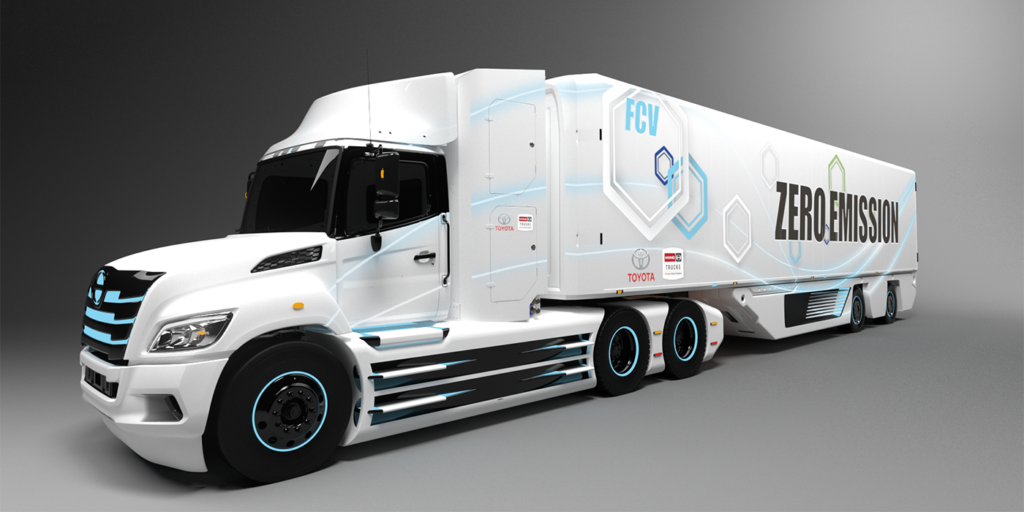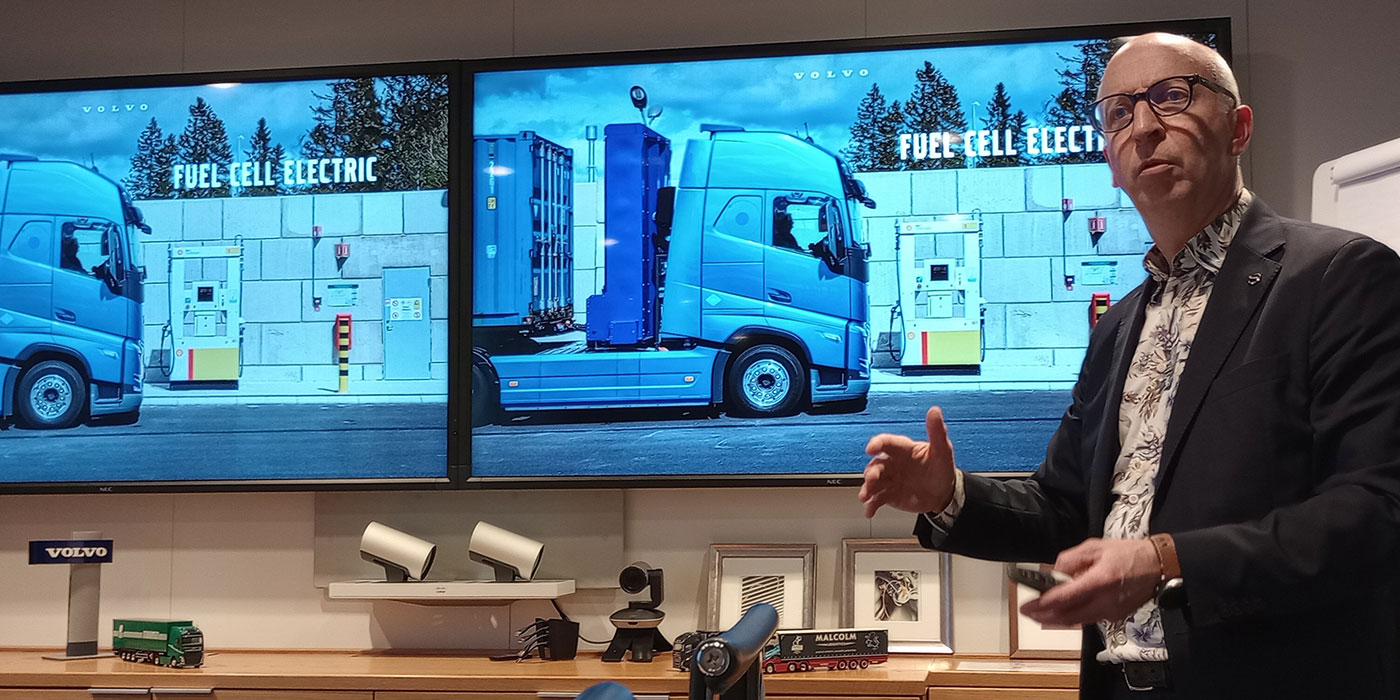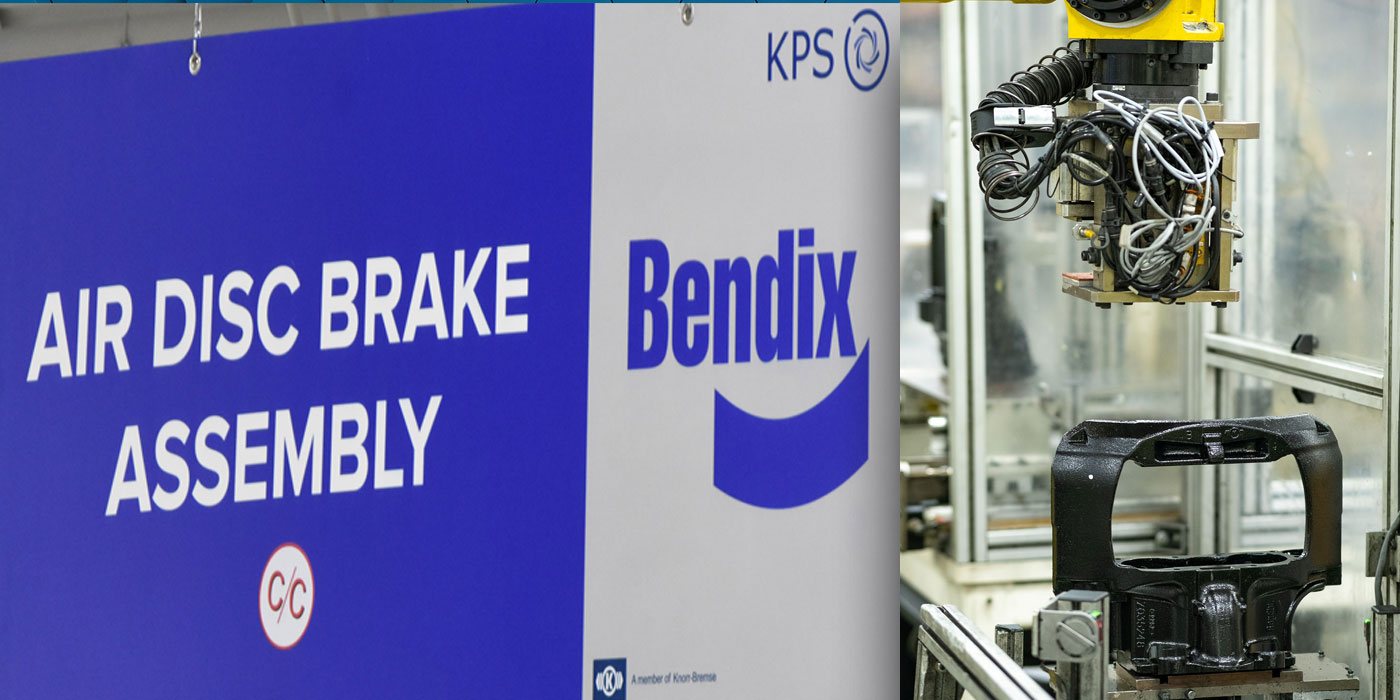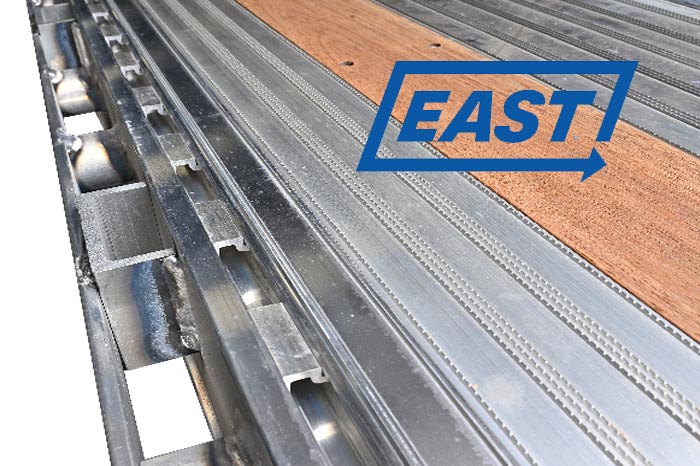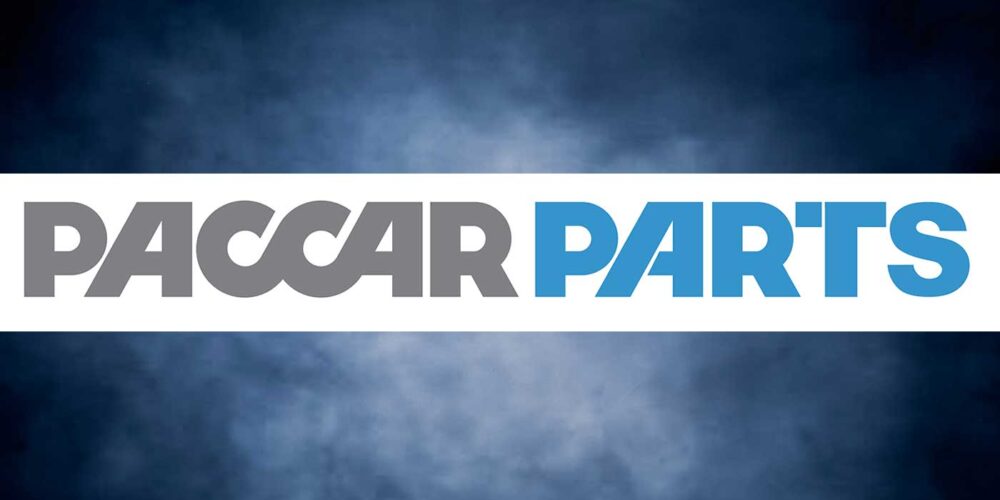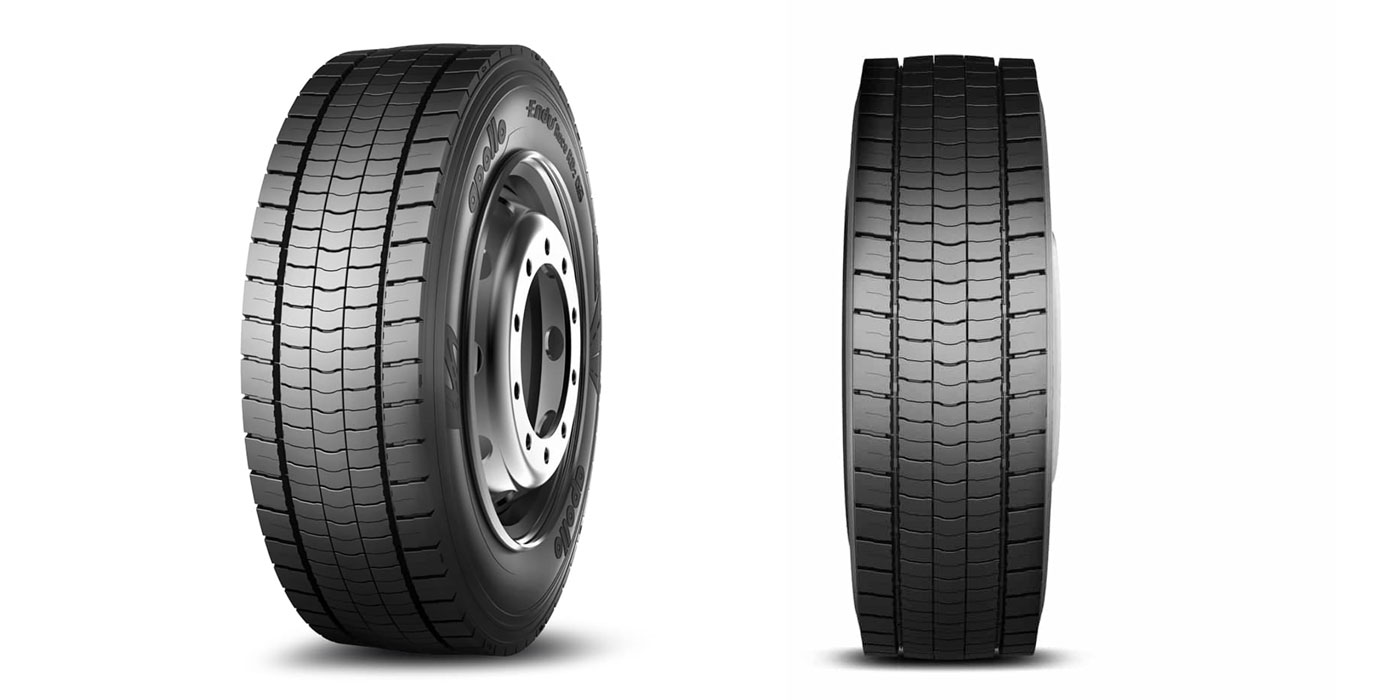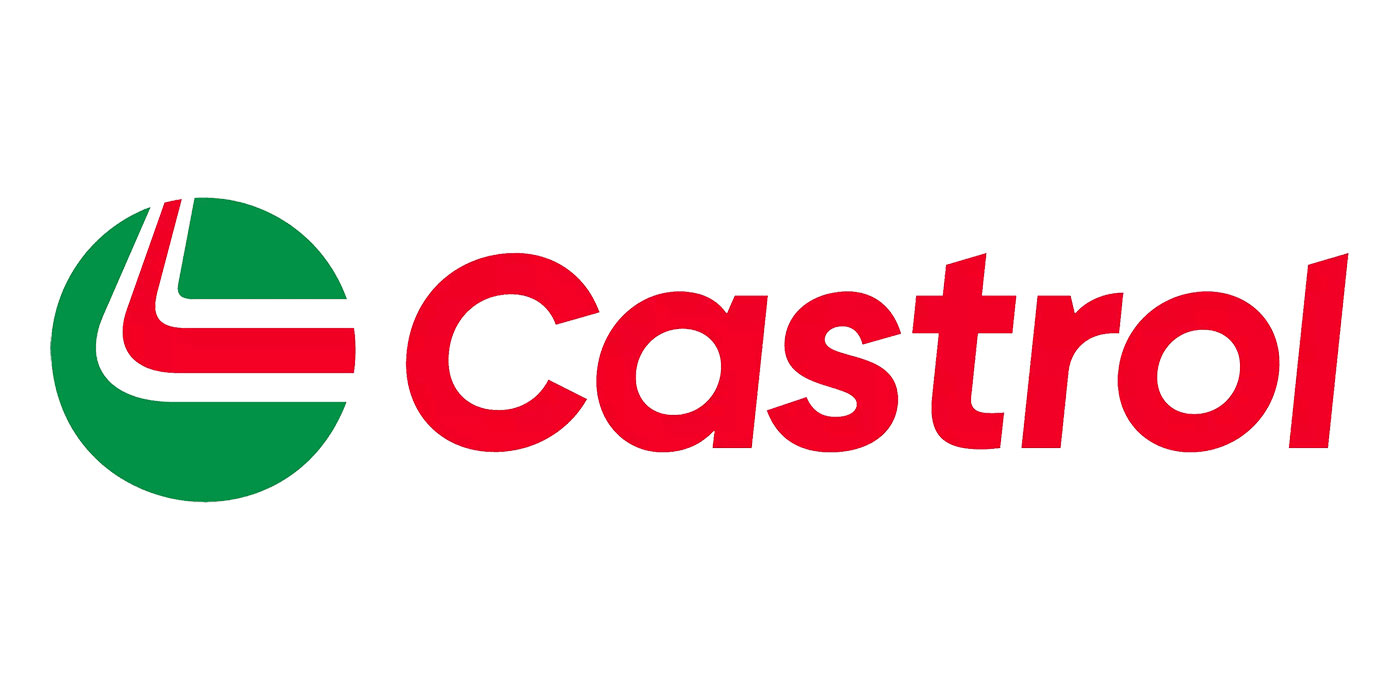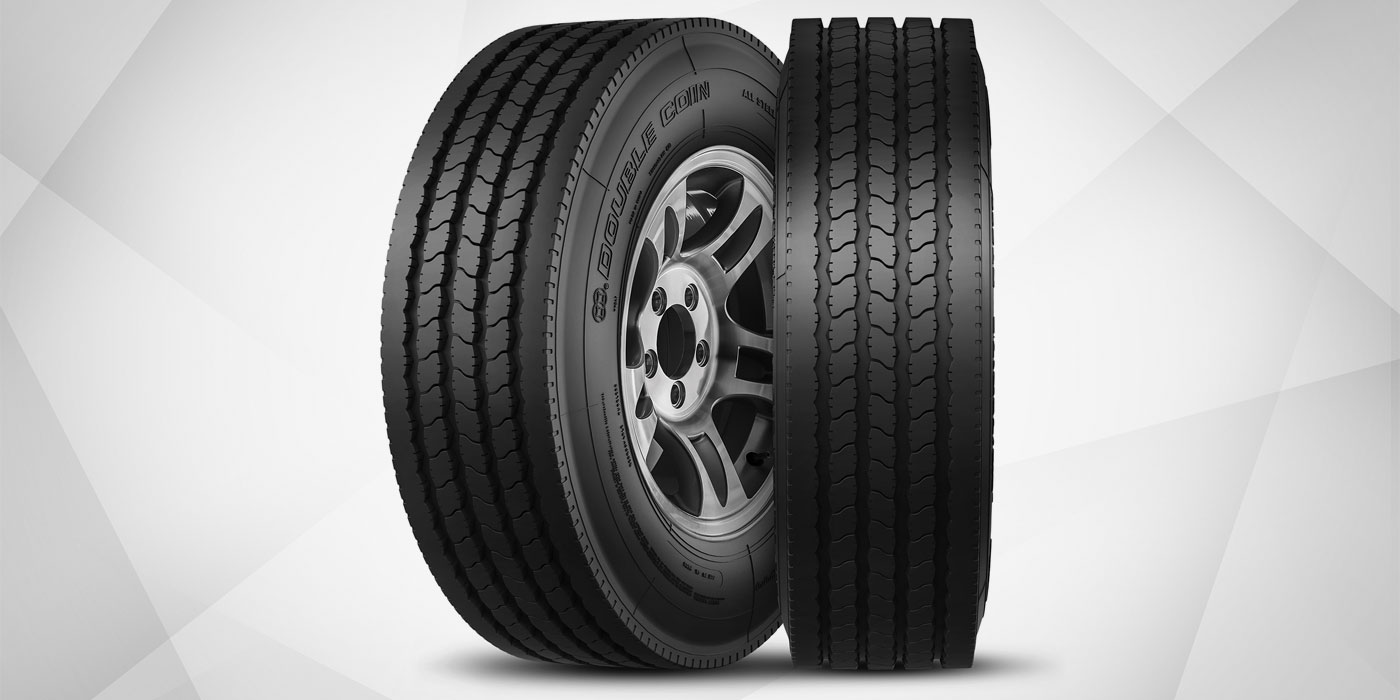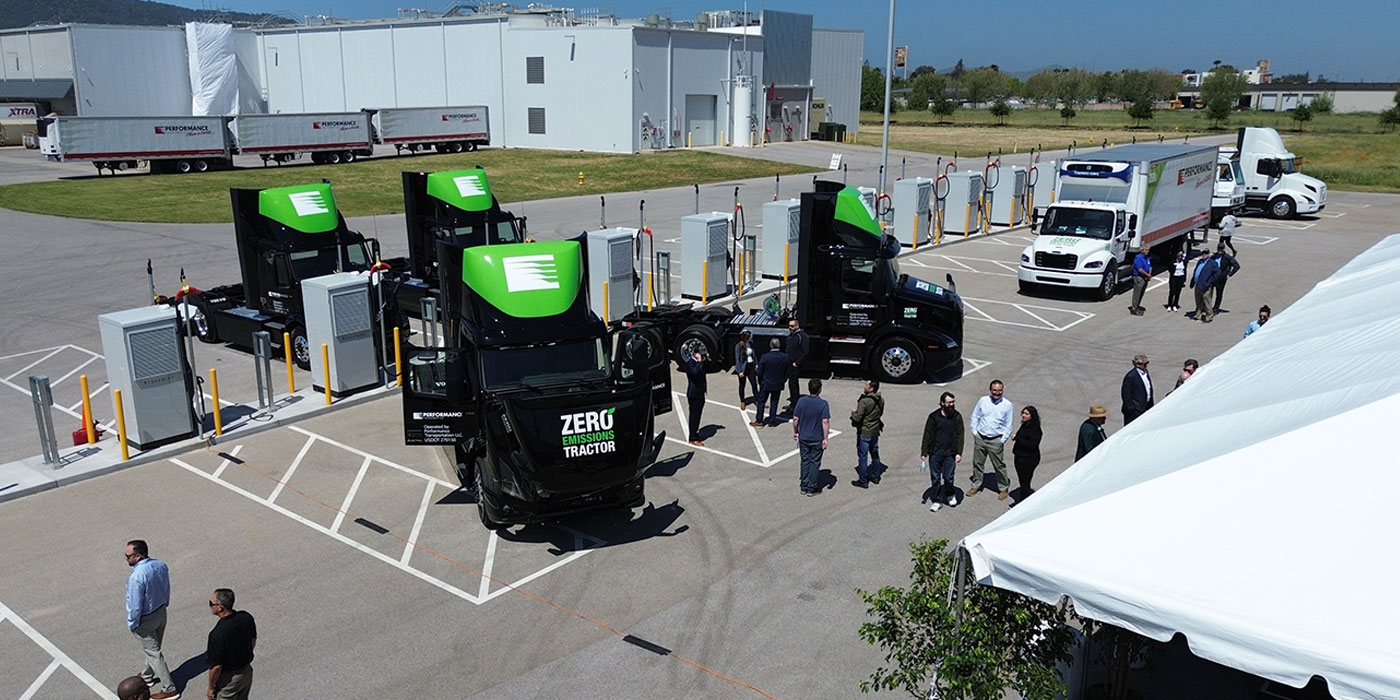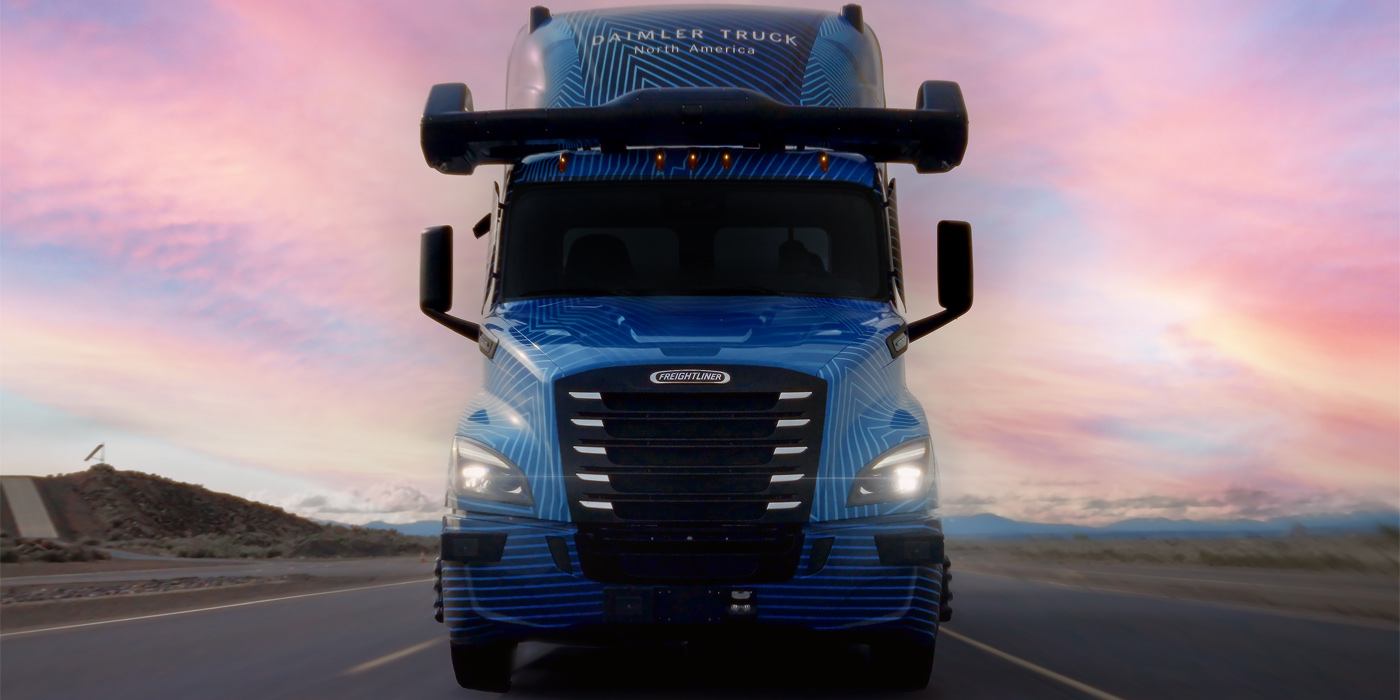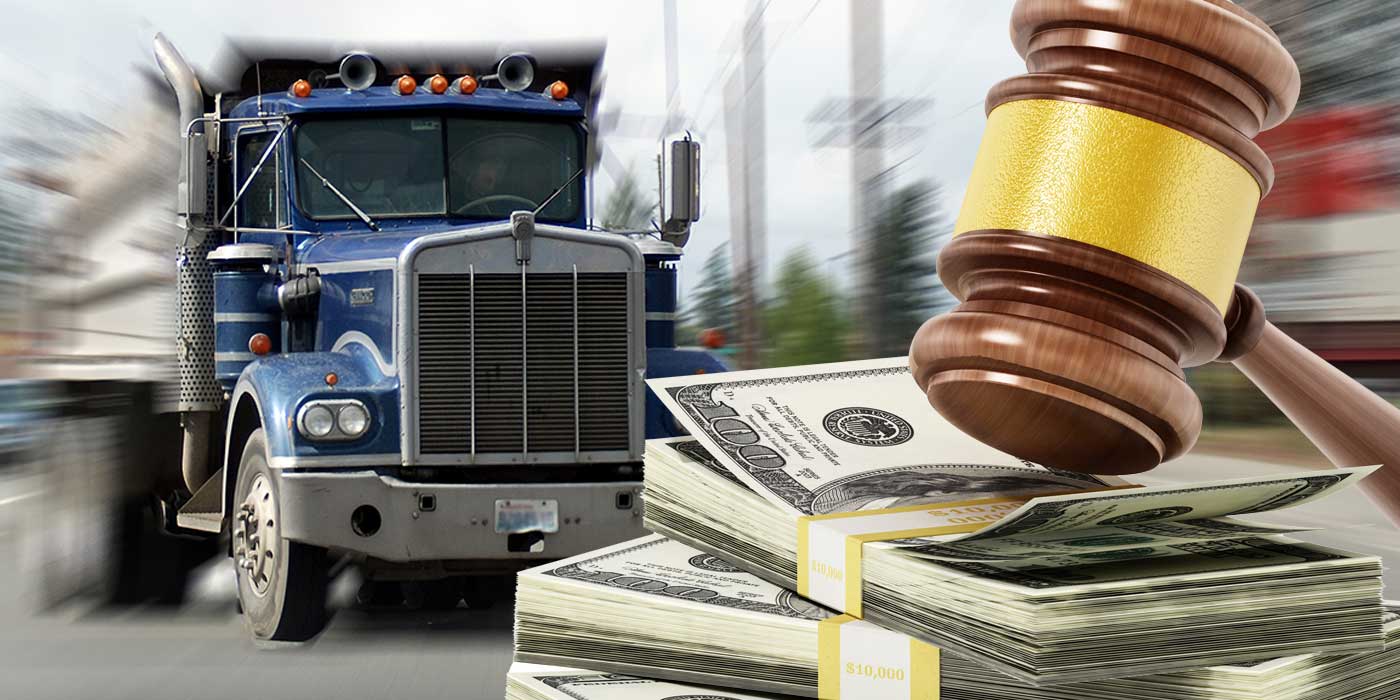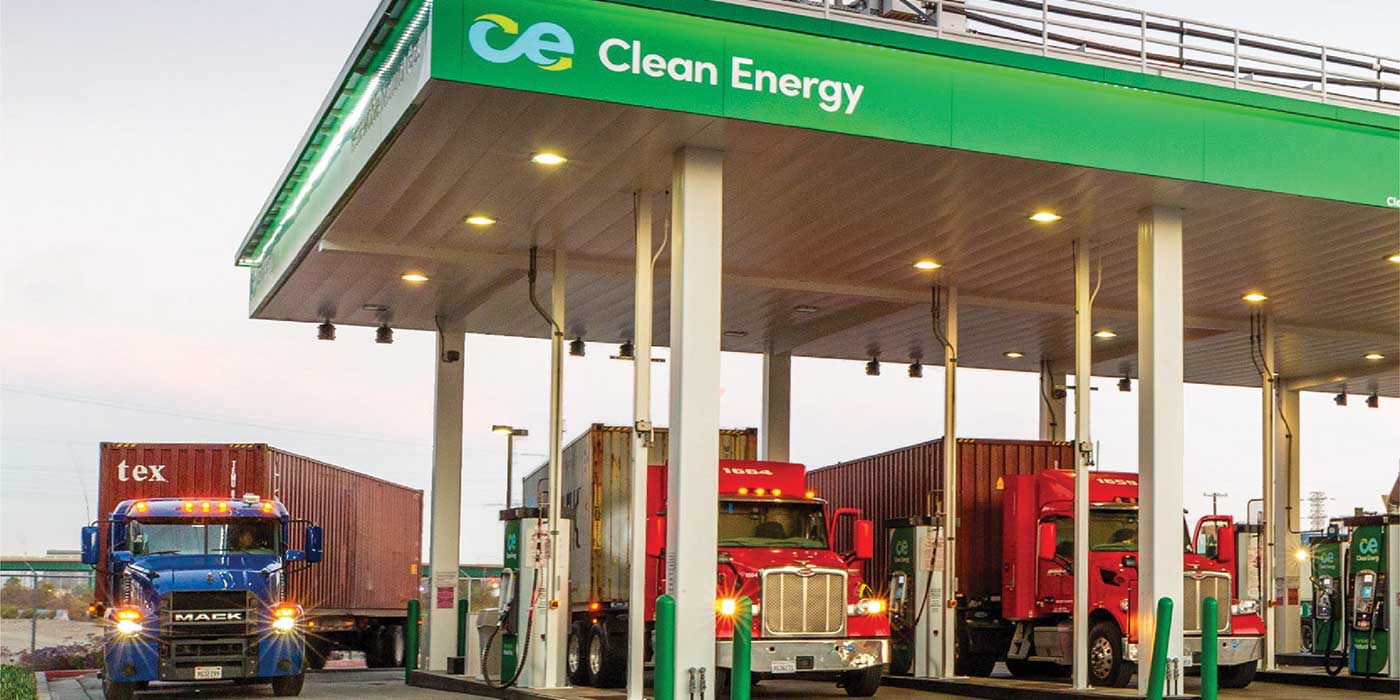As the electric trucks rollout continues and talk of hydrogen-fueled trucks gains ground, the conversation is slowly shifting from truck technology to a fleet’s sustainability strategy. Electric trucks are fun, but fun isn’t a business case. The OEM development and fleet adoption of electric trucks are the first step toward a greater industry sustainability goal. Much of this is driven by regulation, and has been for some time—the diesels you put in your fleet today are far cleaner than even those from five years ago—but with so much investment going into the equipment and infrastructure of electric trucks, it begs the question: What’s your fleet’s role in sustainability?
A reduced carbon footprint was a nice business boasting point five years ago, but you paid for it. That business case is changing according to Jeff Priborsky, global marketing manager for the on-highway fleet sector at Shell.
“There’s always been a bit of a challenge where fleets think they can either be green and environmentally friendly or profitable,” Priborsky said. “Today, if you become more environmentally compliant, more sustainable, then your organization is going to become more efficient and will actually generate savings. The two operate hand in hand. You can be sustainable and profitable at the same time.”

So how do you do it?
Putting electric trucks to work alone is a hefty undertaking–from spec’ing the right truck to meet your range and duty cycle demands to installing the right infrastructure and working with your local utilities and then managing your electric truck charging strategy. Now think about all that in context of a larger sustainability strategy. It’s a lot. For Shell’s part, it has partnered with the non-profit Smart Freight Centre, sponsoring the delivery of the sustainable freight expert’s Smart Transport Manager Training (STMT). The training program–initially available online—will educate fleet managers on how best to reduce carbon emissions, increase efficiencies and cut costs throughout their entire supply chain. To date, fleet managers that have implemented some of the measures have reported a 5% to 20% fuel efficiency improvement and reduced fleet operating costs.
FE connected with Priborsky to talk through the training and take his temperature on emerging truck technologies like hydrogen powertrain.
Where to get started with sustainability
The first step is often the hardest to take, but as Jeff pointed out, you don’t have to take it alone. He pointed to the outline the STMT follows.
Step 1: Self-assessment. You look at your operation, your goals, who in your company needs to be involved, things of that nature.
Step 2: Find the right fleet specifications. From operational demands and duty cycles to maintenance practices–detail what equipment you need to get your job done.
Step 3: Develop the Smart Action Plan. “The key to this is that everything they develop is about their organization—it’s specific to them,” Priborsky said.
Step 4: Motivate and engage your team. This could potentially be the hardest part. It’s one thing to get the right equipment and map out your strategy, but it’s you and the people you work with who achieve the goal.
“You need to get the buy-in and get other team members involved and motivate them, so they own part of it as well,” Priborsky said. “That includes everybody from management to maintenance to the drivers. Let’s face it: Having safe and efficient driving techniques in place is key to any organization’s saving. The big crux of this portion of it is around creating efficiencies within your organization.”
Step 5: Check your performance, monitor your strategy.
“They have something called a PDCA method: Plan, Do, Check, and Act. In essence, you’ve got your plan in place, and you make sure you’re executing it. Then, you always have to go back to check on it. What’s right? What’s wrong? What do I have to alter? Then enact a change.”
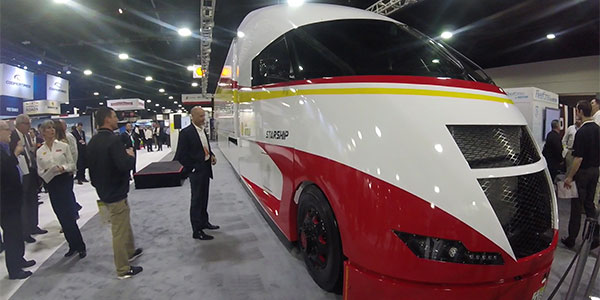
Wait a minute, isn’t Shell one of the biggest oil companies in the world?
Yep, and if you need an example as to why it’s important for your fleet to take a serious look at its own role in sustainability, Shell is a good place to start. As an energy producer whose bread and butter is fossil fuels, the global company is making its own big moves into more sustainable energy markets.
“Shell is one of the first major oil companies that is committed to being a net carbon zero emission energy company by 2050,” Priborsky said. “Look at everything that we are doing now: We’re reducing our own footprint, and in the STMT case, we are helping to reduce the carbon footprint of our customers. As an organization, Shell getting away from fossil fuel; we’re getting away from lubricants from fossil fuels. That’s the direction everything is heading.
“We are closing plants; we are reducing our own emissions,” Priborsky continued. “We’re also branching out into alternative energy sources. Shell has always been into natural gas. We’ve been into wind power and wind energy. We’ve been into electrification. We own offshore wind farms. We own battery companies. We’re getting more and more into hydrogen. We’re fully committed to the energy transition.”
Of course, diesel isn’t going away anytime soon, but Shell isn’t waiting for the transition to happen.
“Diesel internal combustion engines are still going to be dominant globally until 2050,” he said. “You’ve got 30 years there, but look at the mature markets such as what’s occurring in Europe and what’s occurring here in the U.S., specifically in California. You’re going to see that energy transition in mature markets ramp up quite quickly. We’re fully prepared for that.”
So, if one of the world’s biggest oil companies is preparing, what is your fleet doing? The energy transition is in full swing. Sustainability is no longer a “nice-to-have,” it’s now a must-have for OEMs, suppliers and equipment end users like you. The Smart Freight Centre is a great place to start in answering your own sustainability questions.

